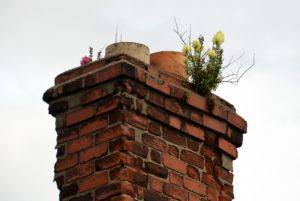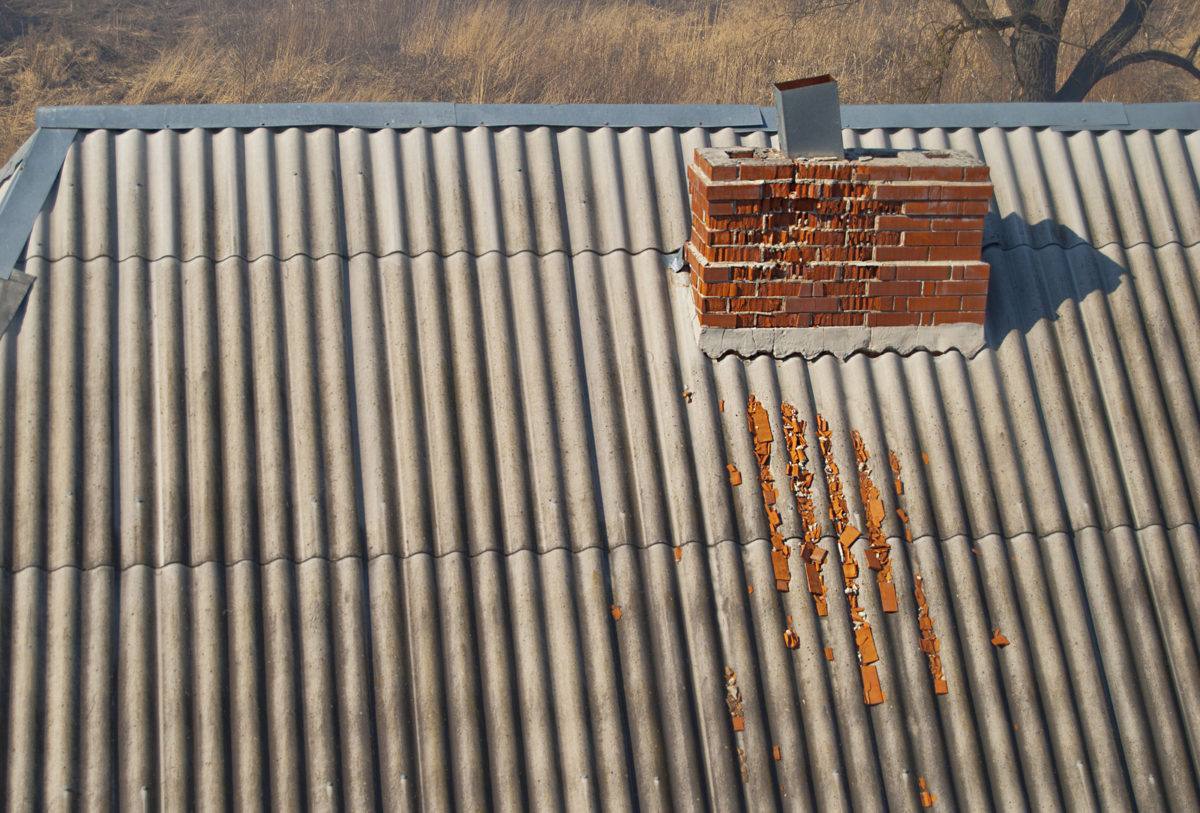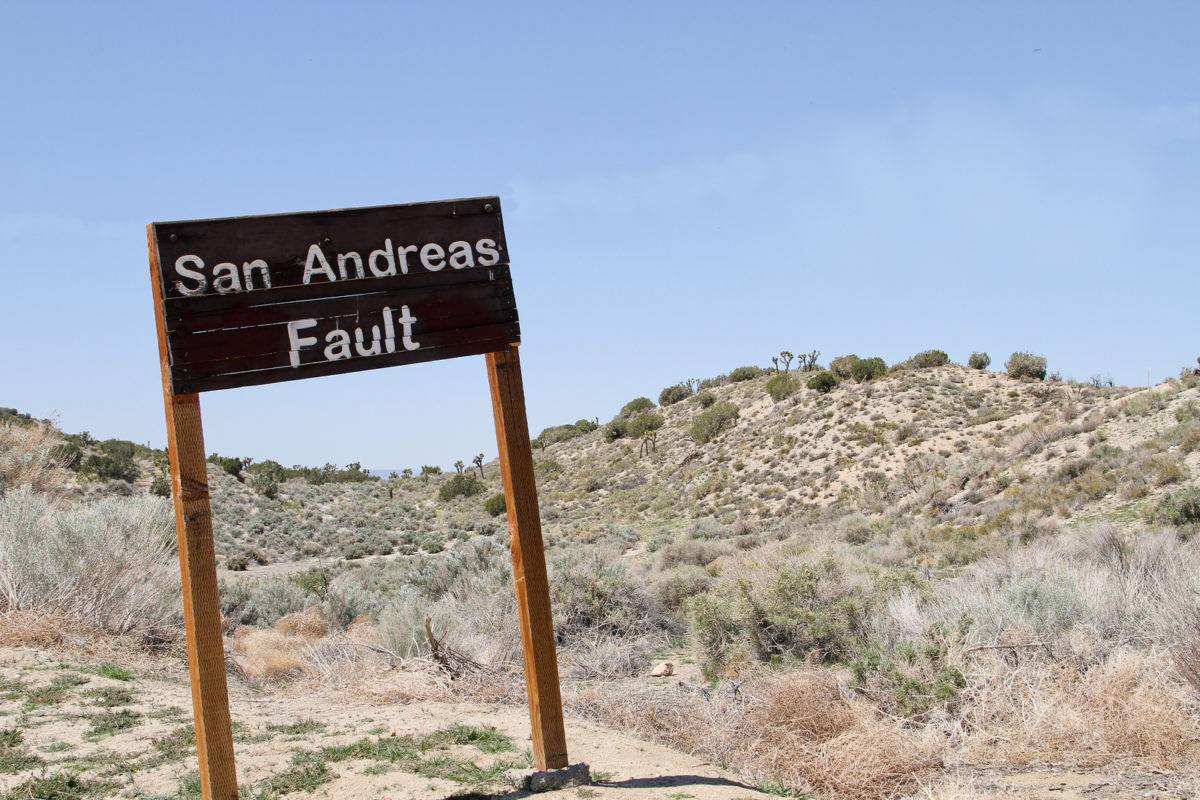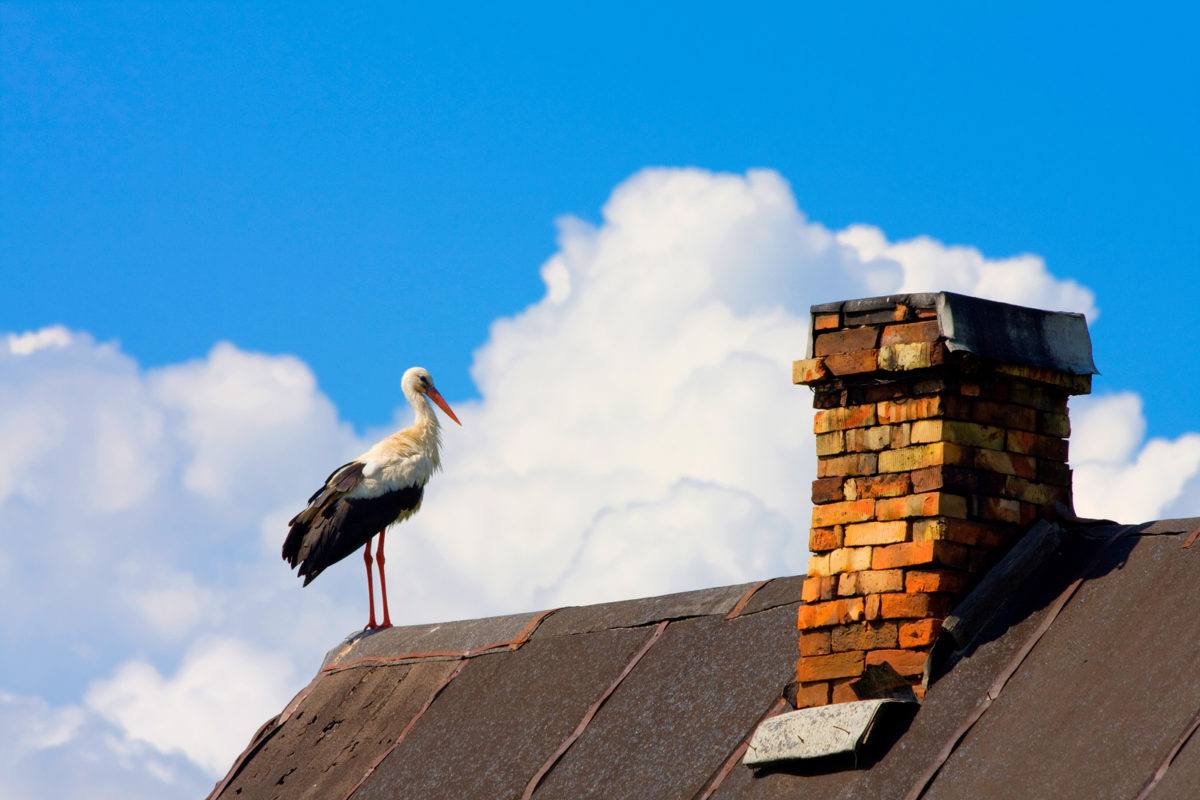Chimney removal is often advised, but many homeowners put it off, not considering the benefits of full chimney removal. Many homes have been built with fireplaces for heating, and they also have chimneys. As time has provided the innovation of other, more efficient heating methods, fireplaces and chimneys may not be used so often. Here we look at 5 reasons that you should consider having your chimney removed.
Chimney Removal Aides Home Heating/Cooling
If you are no longer using your fireplace for home heating, it’s possible your chimney is only working against your home heating and cooling efforts. Chimneys left in place may compromise insulation and allow drafts which hamper energy efficient home heating and cooling. Removing a chimney can help to create a more comfortable home environment while reducing energy usage and costs for heating and cooling.
You Want to Reduce Risk of Earthquake Damage
Chimneys are often the first structures to fall in an earthquake. If you haven’t used your chimney for years, it’s likely the chimney is worn out and damaged and at even higher risk of earthquake damage. Even a slight tremor can turn a masonry chimney into brick missiles, causing structural damage, bodily injury and even death to those in the home. With the risk of a major earthquake in California always growing, its best to have your unused chimney removed sooner rather than later.
Your Chimney is Worn and Damaged
In an old and unkempt chimney, bricks may be weak and broken, and mortar may be worn away leaving the bricks insecure. If you’re not using your chimney, it’s easy to neglect chimney care. But a weak chimney faces the possibility of collapse at any time. If your chimney is old and worn it’s better to have it removed than leave it in place.
You Want More Valuable Space
Square footage is valuable in a home, and yet leaving an unused chimney in place can compromise your living space. Chimney removal can also help you access valuable living space in common areas and bedrooms. A chimney can impact the space in every level and room it passes through. Chimney removal offers the added benefit of easily accessing more precious space in your home, creating a more modern and comfortable living environment.
You Want To Remodel
Working around an existing chimney when you’re trying to remodel your home can be difficult and costly. In many cases, it can be easier and cheaper to just remove the chimney so you can plan and construct your remodel the way you want. This gives you more space to work with, and freedom from the constraints of needing to work around the chimney.
By contemplating when it really might be worth chimney removal, you can access significant safety and practical benefits. Talk to your local chimney sweep company today about the benefits you could gain from removing your chimney.




